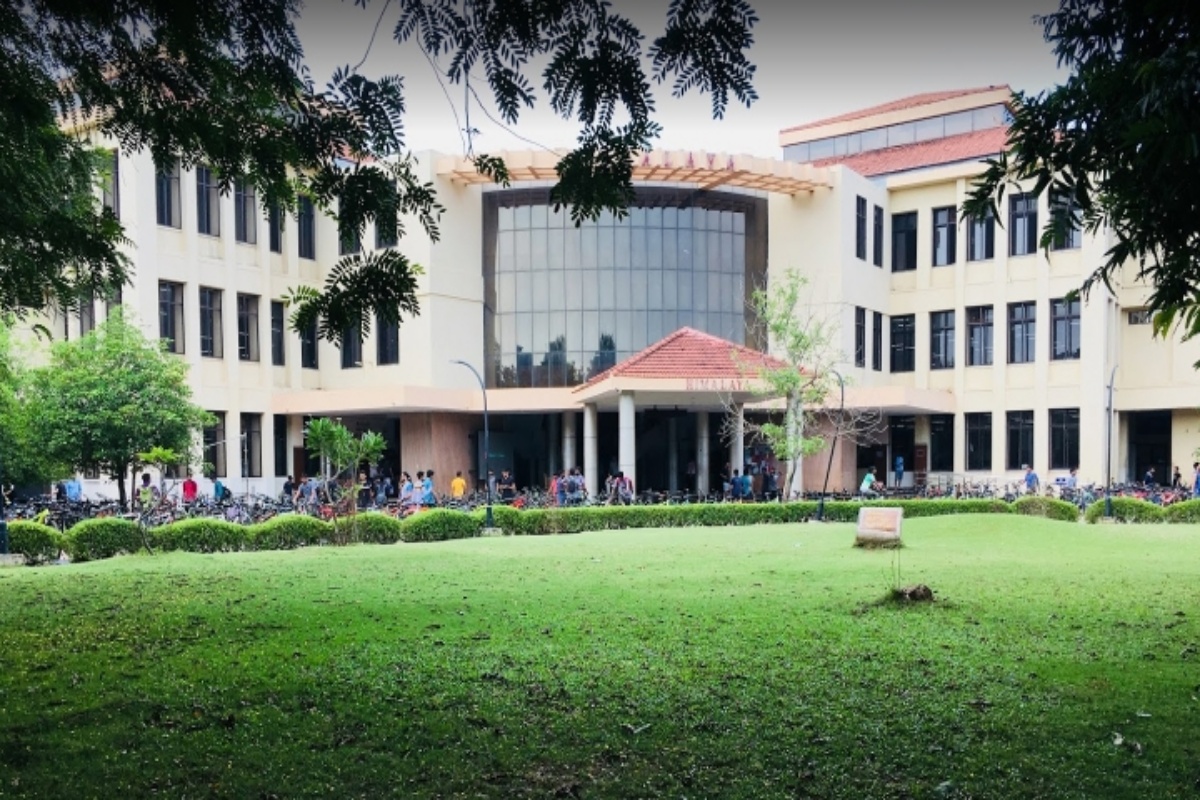The Indian Institute of Technology Madras researchers are studying the high transmission rate and mortality of SARS-CoV-2, the scientific name for the coronavirus that causes Covid-19.
Using computational tools, the team studied its two close variants — SARS-CoV and NL63.
‘SARS-CoV’ can be considered a sibling of the subfamily beta coronavirus aSARS-CoV-2′, while the aNL63′ belongs to sub-family alpha coronavirus and can be considered as a cousin of SARS-CoV-2.
Advertisement
SARS-CoV is more severe than SARS-CoV-2, whereas NL63 shows milder symptoms than SARS-CoV and SARS-CoV-2.
The team set out to understand how the spike proteins (which enables the coronavirus to penetrate human cells and cause Covid-19) of these different virus strains are interacting with the ACE2 receptors of human cells and how this interaction is affecting their transmission potential and severity of the disease
They found that the interaction area between spike protein and ACE2, surrounding hydrophobicity and interaction energy play a key role in deciding the severity and transmission potential of coronaviruses.
The team also found that the distant cousin NL63 has unique ACE2 binding sites compared to SARS-CoV and SARS-CoV-2.
However, some of the binding site regions are conserved and any change in these regions is evolutionarily prohibited. Further, they found that less interaction area, surrounding hydrophobicity and interaction energy for the interface residues are the main reasons for the mild severity of NL63 coronavirus.
“Coronaviruses are not new to humans. Coronavirus such as NL63 causes only mild symptoms. There exist some common functional aspects among NL63 and viruses such as SARS-CoV and SARS-CoV-2, both of which are relatively severe,” said Prof. M. Michael Gromiha, from the Department of Biotechnology,A IIT Madras, in a statement.
“This brings up several questions, like,
i) Have these viruses evolved from the same ancestor?
ii) Why do they cause different mortality rates?
iii) What is the extent of similarity/difference(s) among these viruses? and
iv) If we have immunity for mild NL63, then is it possible that we may have some degree of immunity towards the wild ones, SARS-CoV or SARS-CoV-2?
“Our effort is to find answers to these questions to an extent possible by studying the interaction mechanism of these viruses with the organs of the human body,” Gromiha said.
The findings have been published in the peer-reviewed journal Proteins: Structure, Function, Bioinformatics.
Advertisement











